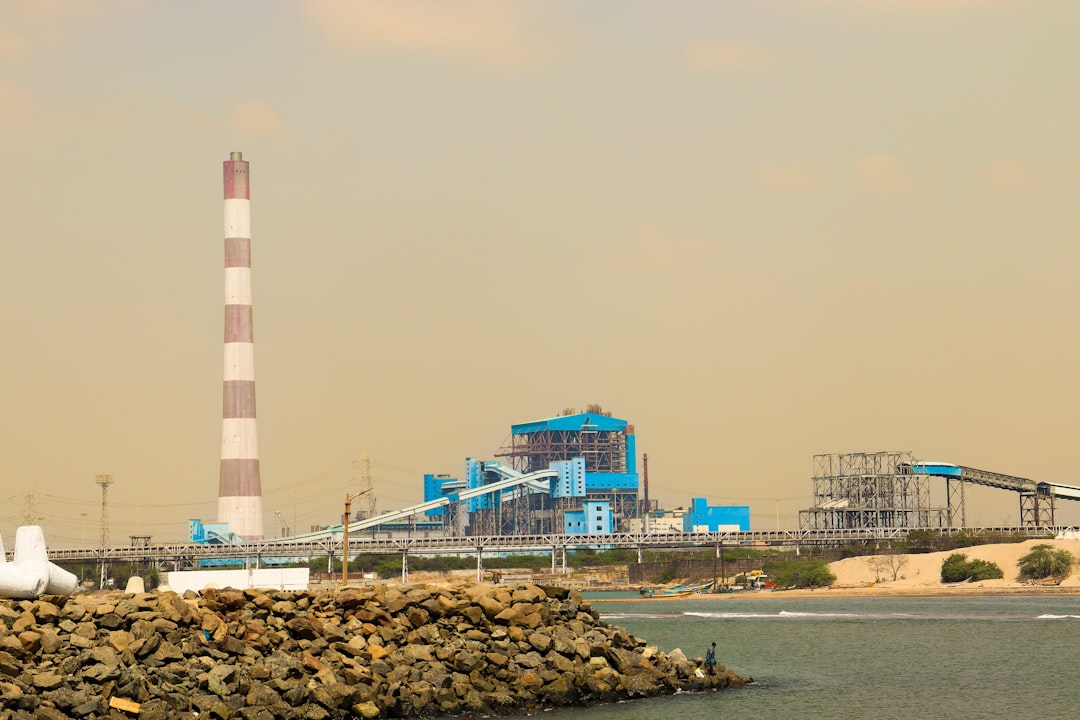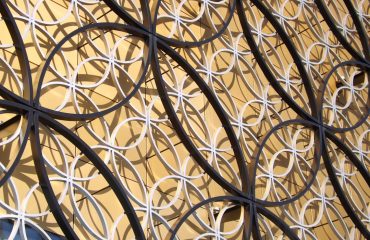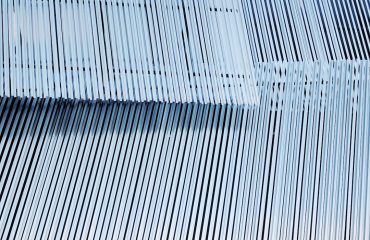body {
font-family: sans-serif;
line-height: 1.6;
margin: 20px;
}
h1, h2, h3 {
color: #333;
}
img {
max-width: 100%;
height: auto;
display: block;
margin: 20px auto;
}
Steel’s ubiquitous presence in modern infrastructure is undeniable, and its role in power plant construction and operation is particularly critical. From the foundational structures to intricate internal components, steel provides the strength, durability, and versatility necessary for efficient and reliable energy generation. This post delves into the multifaceted integration of steel in power plants, examining its applications, material selection considerations, challenges, and future trends.
1. Structural Steel: The Backbone of Power Plant Construction
The sheer scale of power plants necessitates robust structural support. Steel’s high strength-to-weight ratio makes it the ideal material for constructing the plant’s framework. This includes the main building structures, supporting towers for cooling systems, and the frameworks for holding heavy equipment like turbines and generators. Steel’s weldability allows for complex and customized designs, optimizing space utilization and minimizing material waste. Different steel grades, such as high-strength low-alloy (HSLA) steels, are selected based on specific load requirements and environmental conditions. The design and fabrication process often involves sophisticated computer-aided design (CAD) and finite element analysis (FEA) to ensure structural integrity and longevity.
2. Pressure Vessels and Piping: Withstanding Extreme Conditions
Power plants utilize numerous pressure vessels and extensive piping systems to handle high-pressure steam, gases, and other fluids. Steel, particularly specialized alloys like carbon steel and stainless steel, is indispensable for these components. The selection of specific steel alloys depends on the operating temperature and pressure, the corrosive nature of the contained fluids, and the risk of fatigue failure. Strict quality control and rigorous testing are crucial during the manufacturing and installation of these components to ensure safety and prevent catastrophic failures. Regular inspections and maintenance are also paramount to extend the lifespan of these critical components.
3. Turbine Components: Precision and Durability in High-Stress Environments
Turbines, the heart of many power plants, rely heavily on steel for their critical components. These components, including turbine blades, rotors, and casings, are subjected to extremely high temperatures, pressures, and rotational forces. Specialized high-temperature alloys, often incorporating nickel, chromium, and other elements, are used to withstand these harsh conditions. The manufacturing process for turbine components is highly precise, requiring advanced techniques like forging, machining, and heat treatment to ensure dimensional accuracy and prevent premature wear. The performance and longevity of the turbine directly impact the plant’s efficiency and overall output.
4. Corrosion Protection: Extending the Lifespan of Steel Components
Power plants operate in environments that can be highly corrosive. Exposure to moisture, chemicals, and fluctuating temperatures can accelerate steel degradation. Therefore, effective corrosion protection strategies are essential. These strategies include surface treatments like painting, galvanizing, and coating with specialized polymers. In more demanding environments, cathodic protection systems might be employed, which use sacrificial anodes or impressed current to mitigate corrosion. Regular inspection and maintenance are crucial to detect and address corrosion issues promptly, preventing costly repairs or replacements.
5. Sustainable Steel and Future Trends in Power Plant Integration
The drive towards sustainable energy production also influences the choice of materials in power plant construction. The steel industry is actively pursuing more sustainable practices, including reducing carbon emissions during steel production and developing new steel alloys with improved recyclability. The use of recycled steel in power plant construction is becoming increasingly common, contributing to reduced environmental impact. Future trends include exploring the potential of advanced high-strength steels, lightweight alloys, and innovative construction techniques to further optimize power plant design, enhance efficiency, and minimize environmental footprint. Research into advanced materials and manufacturing processes is essential to meet the challenges of a rapidly evolving energy landscape.
The integration of steel in power plant construction is a complex and critical aspect of energy generation. Understanding the material properties, selection criteria, and challenges associated with steel’s diverse applications is vital for ensuring the safe, efficient, and sustainable operation of power plants worldwide.
SEO-Friendly Tags:
- Power Plant Steel
- Steel in Energy Production
- Steel Alloys for Power Plants
- Power Plant Construction Materials
- Sustainable Steel in Energy




